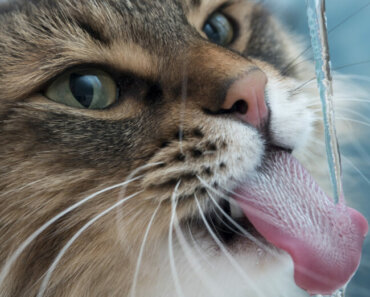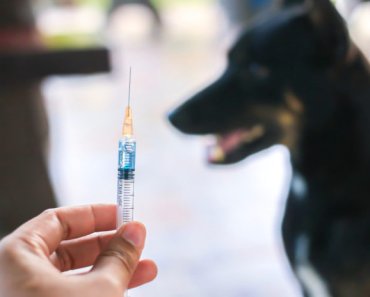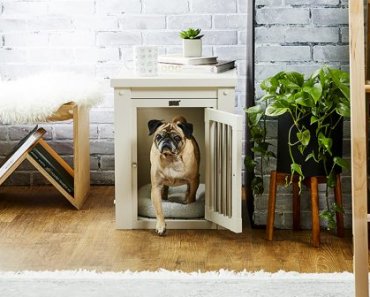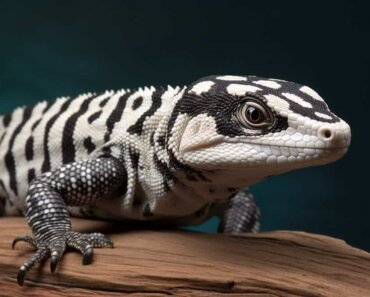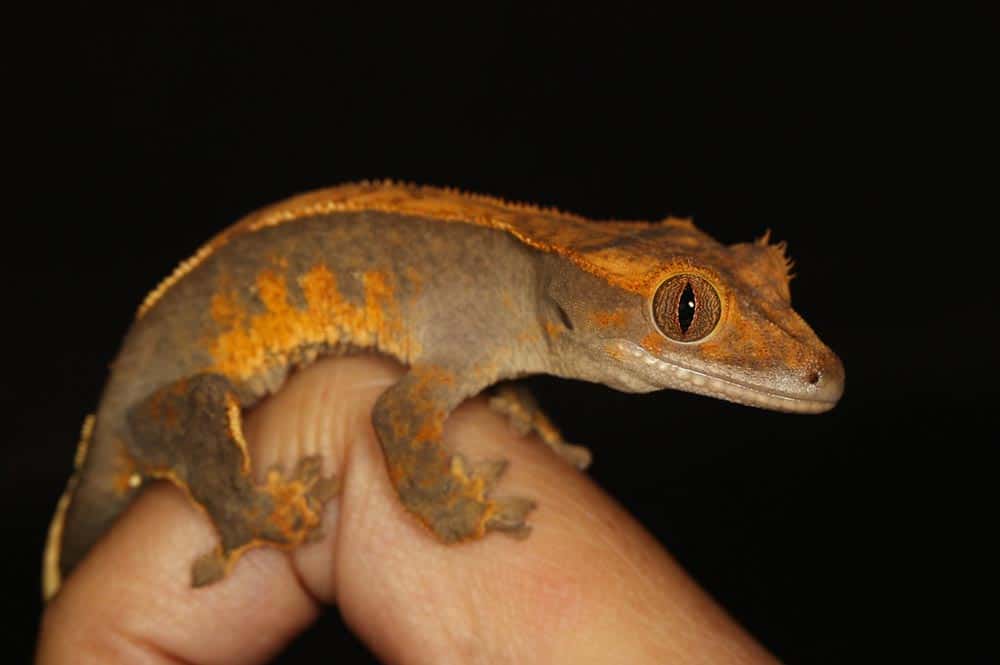
Crested geckos are hardy and relatively low-maintenance pets, but they still require a fair bit of care. One of the most important factors to consider when caring for your crested gecko is humidity. It can be difficult to get the balance right, but having a good understanding of what is “ideal” will help you keep your pet happy and healthy. Here’s a guide to setting the ideal humidity for your crested gecko.
What is the ideal humidity for your crested gecko?
The ideal humidity in your crested gecko’s habitat is between 60%-80%. This range keeps them comfortable while allowing their skin to remain hydrated and healthy. Anything below 40% or above 80% humidity can cause stress and discomfort for your pet, so it’s important to stay within this range.
What does humidity play in the health and well-being of crested geckos?
High humidity ensures your gecko will efficiently shed, stay hydrated, and prevent many potential shedding problems due to dehydration or substandard terrarium conditions. Having incorrect humidity or temperature can also cause eating problems down the road. With the right amount of humidity in their environment, there’s no need to worry about underlying health concerns!
How to measure Humidity
The best way to measure the humidity in your crested gecko’s habitat is with an electronic thermometer/hygrometer combo device. These devices are easy to use and will give you an accurate reading of the temperature and humidity levels in seconds. You should place yours near the center of your pet’s enclosure where it won’t interfere with any heating or lighting elements that you have set up.
How To Create a Vivarium With an Ideal Humidity
Crafting the perfect humid terrarium requires careful consideration of a variety of components. While some are relatively easy to control, you will need more specialized know-how for others in order to create an optimal environment.
Here are a few factors to consider when building such an optimal environment:
- The type of the enclosure
- The geographical area or humidity levels in your home,
- Selection of plants, and substrate material.
- Lastly, there’s an effortless yet inexpensive way to quickly boost moisture: misting!
But even if you have done the above and are still having difficulty achieving the ideal degree of humidity for your terrarium, consider investing in a humidifier. For many people, however, this won’t be necessary.
Let’s zoom in on each individual factor for more context in the next section
Ways to Increase the Humidity in Your Habitat
When it comes to crested geckos, there are many types of enclosures you can choose from. Tanks and terrariums (or vivariums) are some of the most popular choices; not only do they have exceptional humidity control, but also enough ventilation to gradually lower the levels when needed.
If you find that the humidity in your room is too low, here are some ways to increase it:
Mist your enclosure frequently
If you’re familiar with the concept of misting, it’s similar to using a spray bottle to increase humidity in your terrarium. It’s an inexpensive and straightforward way to raise moisture levels, making it especially helpful if you live in arid conditions. To keep tabs on the proper level of hydration for your terrarium, monitor its hygrometer readings; most people will need to mist their tanks twice daily – once at night when humidity should be around 80-90%, then again 12 hours later when moisture drops down closer to 50%. Misting allows you to make sure these vital measurements stay where they need so that all of your reptile friends inside can enjoy healthy living environments!
To ensure a healthy environment for your crested geckos, monitor the humidity levels closely. If you observe them dropping below 50%, increase misting intervals to restore moisture levels, and use tap water – never distilled, softened, or filtered! Tap water contains essential minerals that are vital for optimal health.
Add live plants that naturally raise humidity levels
Live vivarium plants and mosses will naturally give off moisture or water vapor while they go through photosynthesis. The process by which water vapor is released into the air is called transpiration. The transpiration of plants is a bit the same as human sweating and the water vapor lets the leaves cool down. Here are factors that can cause changes to the rate of transpiration:
- A terrarium that is already moist will reduce the rate of transpiration in plants, creating an autoregulation cycle. This process also helps to keep humidity levels lower than if there were no live plants present.
- An elevated temperature in a terrarium will provoke an increase in the rate of transpiration. Therefore, if you wish to keep your plants alive and thriving, it is essential that you provide them with temperatures hot enough to ensure natural humidity inside their home.
- When ventilation rates are high, the evapotranspiration rate raises significantly. This is mainly because the humidity drops with more air circulation and as a result, transpiration rises quickly.
- The availability of water is a fundamental factor in successful evapotranspiration. Without sufficient moisture in the soil, there will be no transpiration from plants and vegetation. So one of the ways to increase and maintain humility is to have a drinking dish filled daily. The water will gradually dissipate, leading to increased humidity levels.
- The type of soil or substrates that you use is paramount to the success and health of your crops. It determines how much water it can hold and thus, affects a plant’s ability to draw moisture from its surroundings. If the area you’re growing in has plenty of vegetation, transpiration will be higher than evaporation due to its combined presence. The perfect substrates to create an optimal humidity level in your terrarium are those that retain moisture and keep the environment comfortable. Here are some of the best options:
- orchid bark,
- cypress mulch,
- coconut husk
- Some plants, namely succulents, are characterized by their water retention capabilities and relatively low transpiration rates. While other species of plants tend to release more moisture into the environment.
All of these methods should be used sparingly and monitored closely so as not to raise the humidity level above 80%.
With everything above talking about increasing humidity, what about lowering humidity? Let’s find out more below.
Ways to Decrease the Humidity in Your Habitat
The opposite of the above points is a few ways to reduce humidity quickly. and to recap, it will include the removal of plants or substrates that retain water well, mist less frequently, and removes water dish. Apart from that, make sure the enclosure is well-ventilated by adding more air holes. The general rule of thumb to reduce humidity is to remove water from the enclosure and more ventilation for quicker evaporation.
Lastly, if humidity is still not well controlled within the range of 50% to 80% the best way is to use a dehumidifier that sucks out the humidity if it’s too high.
Conclusion:
Having an understanding of what constitutes ideal humidity levels for cresting geckos is key to keeping them healthy and happy in captivity. By measuring these levels regularly with an electronic thermometer/hygrometer combo device and taking steps like increasing ventilation or misting their enclosure when necessary, you can ensure that their environment remains within optimal ranges at all times. With some effort on your part and some luck on theirs, you should have no trouble giving them just what they need!

